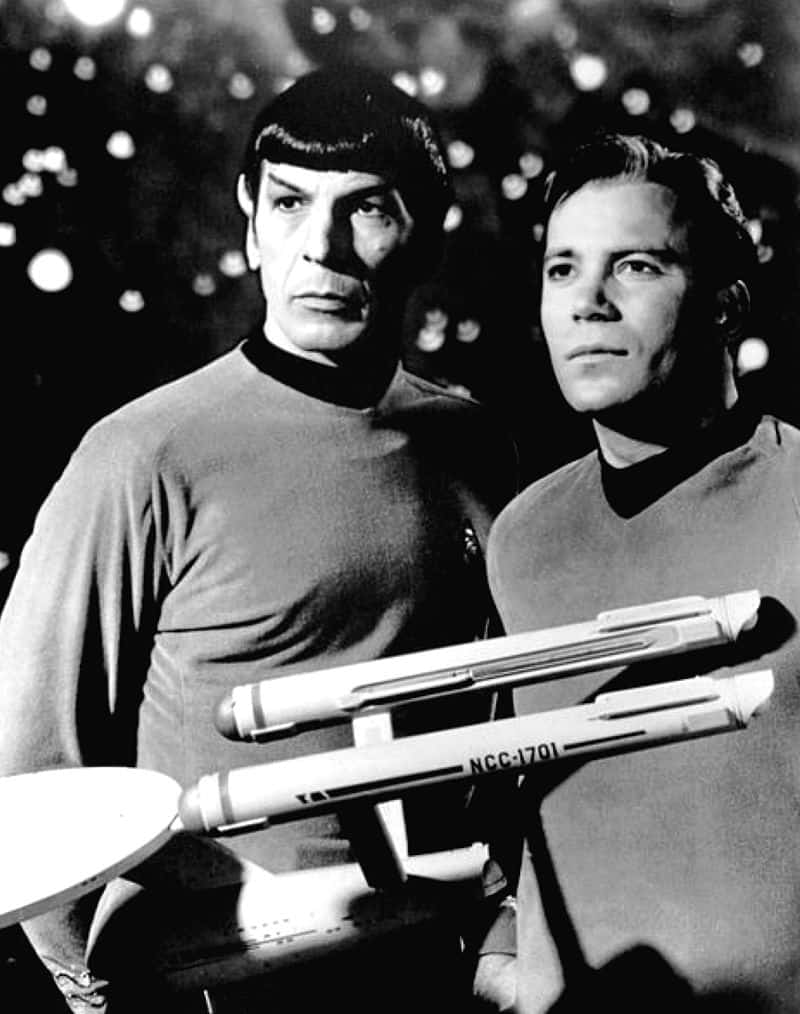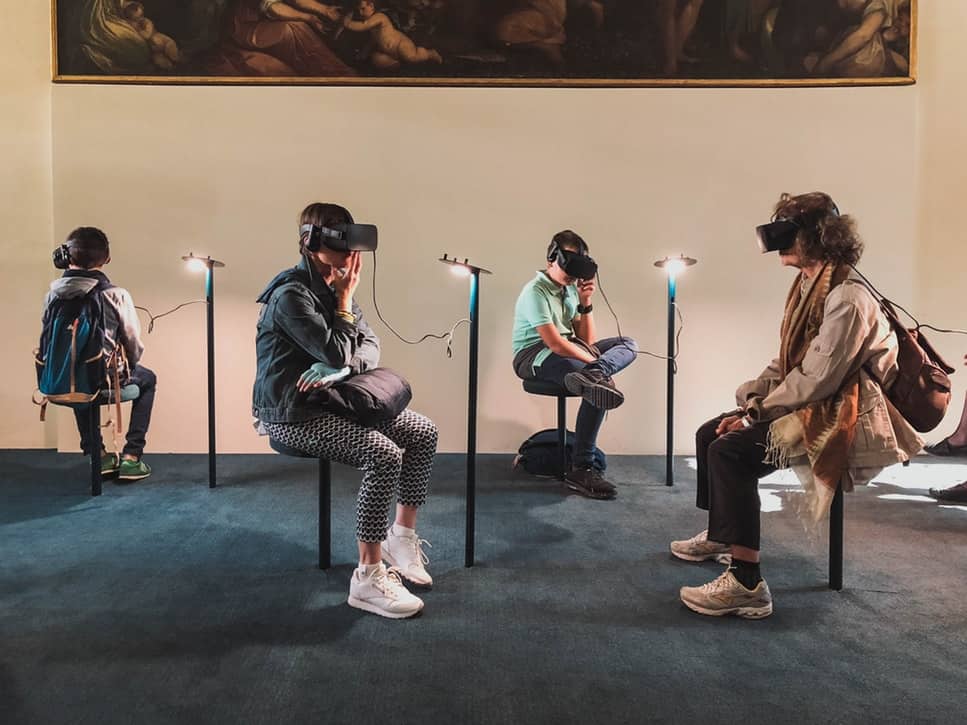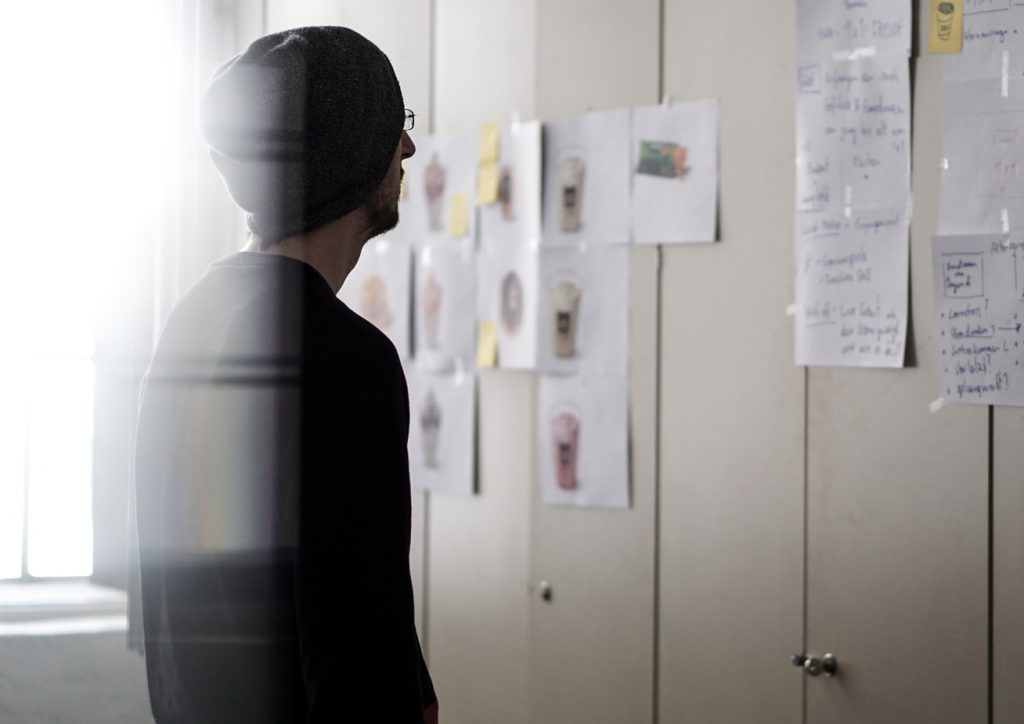Оver its many movies and franchises, Star Trek has described a future of great optimism, at least as far as humans are concerned. In Star Trek IV, Kirk remarks that the inhabitants of 1986 San Francisco were “still using money;” a problem that folks had overcome by the 23rd century he came from. Humanity has emerged into the future as a unified world of self-actualized citizens. Having achieved peace and harmony, they now seek to venture forth and explore strange new worlds among the stars.

Interesting, then, that in the latest Trek show, Picard, this utopian situation is not continued. For the first time in the franchise, we find ourselves really exploring what life is like on future-Earth, and it’s… a lot like life is right now, here in the early 21st century. People are still commuting to work, but they commute by transporter. There are gaps between rich and poor. There is class resentment. There are oppressive hierarchies and corrupt systems. Why? Hadn’t it already been established that we were going to get past such pettiness?
Perhaps the problem is that the future of work is more difficult to imagine than a spiffed-up version of the way we work now. It’s easy to imagine your job, 100 years from now, as the same job with better tools and slicker decor.
Suppose you’re a dentist. Maybe it’s comforting to imagine that in the future, the door between your waiting room and your office will open with a “sh” sound. Perhaps you’ll be wearing stylish, metallic, form-fitting clothes. Holographic or robotic assistants with personalities will carry your instruments, usher in the patients, adjust the tilting chairs. When you show your patient an x-ray of their mouths, the images will be 3-D, floating in the air in full color.
This sort of scenario sounds cool, and it makes good TV, but it’s not that realistic. The truth is that the high-tech improvements to your business most visible on the horizon all relate to automation.

Thinking about the impact of automation on your own work can be a little scary at first. Will a machine inspect your patients’ mouths, clean their teeth, apply braces, and fill in cavities? Maybe. Will you end up sitting behind a control panel, supervising? Watching that control panel from home? Not involved at all? It can be hard to visualize exactly how humans will find their place in an automated world. Unfortunately, this fear can lead to paralysis when it comes to making practical, short-term decisions about automation.
But consider this: your work is made up of more steps, more micro-tasks, than you realize. Automation is a long and complex journey, and it’s difficult to predict the rewards that journey will bring before you take the first step.
What if what gets automated is your billing and appointments? What if your patients were scheduled according to an algorithm that took into consideration their schedule and yours, the procedures they request, how long those procedures take, and the size of your waiting room? What if it also took into consideration the viewing and listening habits of your patients, grouping them together by taste and then playing music or TV shows in the lobby that they’ll all be likely to enjoy and talk about? Are there some of them that you’d rather see in the morning than the evening? Are there some of them that would rather see you at a certain time of day? Is it better to book similar procedures back to back, or to book them on a staggered schedule? What about the time you need to review a patient’s case before you see them? Will some appointments take more prep time than others? Could you use alerts to remind you of some issues, but not others?

Notice that we haven’t even gotten to the dentistry itself yet. We’re still focused on the data. Some of this data might have to be requested from patients, but a lot of it you have already. You just haven’t had the time or the inclination to dig through it.
And that data might give you insight that could change your whole business model. Maybe the patients that prefer to meet you in the morning tend to have the same problems. Or the same tastes in music. Or the same insurance carrier. These relationships may seem arbitrary and coincidental, but they could give you the opportunity to rearrange your schedule in such a way that could give you more time and energy to focus on the work itself. Perhaps, for example, you’ll only deal with one difficult patient per day, and always at 3pm, and always after a half-hour break, during which you’ll have the chance to renew their case file. Maybe you’ll find out that, by adjusting small and seemingly trivial aspects of your service, you could position yourself as a provider who can charge more and work less.
The answers are in the data. Heck, the questions are in the data, the ones that you don’t even know to ask.
How will you find them? By diving into automation. What’s the first step? Sit with a consultant and walk them through your whole process. Aspects of your service that you currently consider to be unskilled busywork might, when automated, turn into data aggregation systems that could give you money and time that you didn’t know you had.
Back to Picard. Much of the show so far has been about “getting the band together.” Characters speculate about each others’ locations, professional histories, They show up at each other’s residences unannounced. There are complaints about not keeping in touch. There is puzzlement over cultural norms; straightforward questions are asked that the viewer is tempted to answer for themselves with a web search.
In short, screen time is wasted on activities and problems that are going to be vastly altered, if not eliminated, by automation, long before we achieve space travel. It’s those moments that will make the show seem obsolete in a few years, more than the use of contemporary slang… and even more than the fact that very few characters, despite having little to do, seem to be sitting around doing nothing.
Ready to start automating, but not sure where to start?
or Learn More

